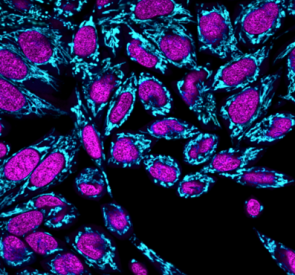Why do unicellular protists have massive organelle genomes?
Diplonemids and kinetoplastids are a group of closely related unicellular flagellate protozoans. Some kinetoplastids are responsible for serious human diseases such as Chagas disease and sleeping sickness (caused by Trypanosoma), and various forms of cutaneous and visceral leishmaniasis (caused by Leishmania). Kinetoplastids possess a kinetoplast, a specialized region in the mitochondria containing its mitochondrial (mtDNA), whereas in diplonemids, the mtDNA is dispersed through the organelle. The mtDNA of these organisms possesses several peculiar and fascinating features including the presence of thousands of free or concatenated mini- and maxi-circle DNA molecules, extensive trans-splicing, various forms of RNA editing, and extremely complex mitochondrial RNA processing machineries not seen in other eukaryotes.
A recent publication by Lukeš et al. in the journal IUBMB Life estimates the base composition and mtDNA content in four kinetoplastid species, and the diplonemid D.papillatum. Differential staining with two chemically distinct fluorescent DNA-binding dyes, DAPI, a minor groove binding dye with a preference to AT-rich sequences, and RedDot™1, a largely sequence independent intercalating dye, followed by color deconvolution and quantification, reveals the existence of hyperinflated DNA content in their organelles. This observation was further corroborated by electron microscopy. The most extreme is the ~260 Mbp of mtDNA in Diplonema, greatly exceeding its nuclear DNA content, but with a coding capacity of just 18 fragmented genes. This is the largest amount of DNA reported in any organelle. The authors further speculate about the possible benefits and evolutionary forces driving giant non-nuclear DNA contents in these organisms.


